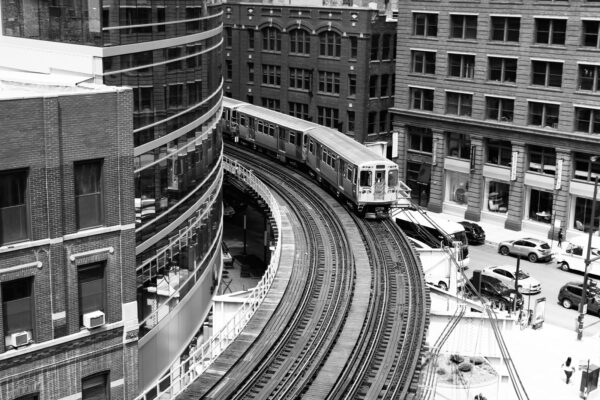Back in the 1800s, Atlanta was originally called Terminus, because it was the termination point for the Western and Atlantic Railway. But it soon became a major railroad hub for the entire southern United States. For those of us who live here, it’s difficult to imagine this bustling city as quiet, pastoral green farmland, but it must have been at some point.
In modern times, Atlanta is anything but quiet. The city is a hub for drivers on multiple major interstate highways. It’s also the spoke for trucking companies sending goods up and down the Eastern seaboard, and into the rural communities of the southern US. Atlanta is a major part of the supply chain of the South.
And yet, anybody who has ever driven in Atlanta knows that our city can be a nightmare for drivers. There are many factors which can be attributed to this situation: (1) An inefficient layout of highways, roads and traffic patterns; (2) Our badly maligned public transportation system, (3) The constant state of construction that never seems to end (hello, GA-400 and I-285… we are going on 3 years now, right?), (4) Our poor infrastructure that needs constant improvements and (5) the fact that we are simply plagued with an excessive amount of bad drivers.
Interestingly, the infrastructure issues have their roots in Atlanta’s segregation movement. The modern highway expressway system was born in the 1950s in the Eisenhower era, which also coincided with our nation’s segregation history. A greater discussion of this phenomenon can be found in this article.
There is no denying that Atlanta is a difficult city in which to drive. We are one of the largest metropolitan cities in the country with more than 6 million people in the Atlanta metropolitan area, but it is also very dense with an average of 3,924 people per square mile. Of those 6 million people, 75% drive to and from work each day. In 2021, the Global Traffic Scorecard estimated that Atlantans lose an average of 53 hours per year in traffic congestion (which honestly, sounds low), with a cost of $820 per driver.
Not surprisingly, Atlanta also has 3 of the top trucking bottlenecks in the country. No. 3 is I-285 and I-85 (Spaghetti Junction) going northbound. No. 4 is I-20 at I-85 going westbound. And No. 16 is I-75 at I-285 going northbound. Again, if you have ever driven during rush hour through these Atlanta bottlenecks, you don’t need a list to know that it’s just really awful.
This is the first in a 4-part series of blog posts which will discuss Atlanta traffic, including US News and World Report’s recent ranking of Atlanta as the 10th most dangerous city for drivers, the impact of the COVID-19 pandemic on driving habits and traffic fatality rates, and finally tips for driving more safely in our beloved city. We hope you enjoy, and come back for more!




